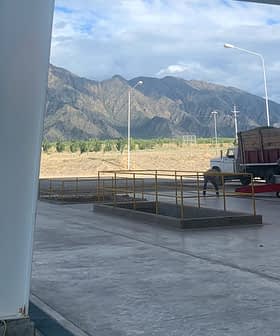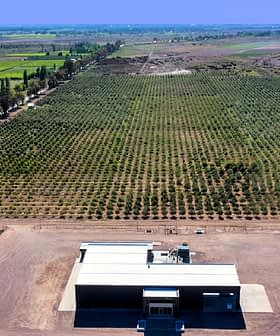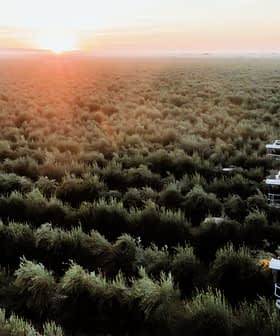
Spain, Italy and Greece are the three big names you might think of when it comes to olive oil. But Argentina? If ambitions of the governments of Morocco and Argentina are realized, the big names in “Liquid Gold” just might have some fresh faces.
Morocco, which is already the second-largest exporter of table olives after Greece, hopes to double its total production in 2020 to 2.5 million metric tons, according to La Semana Vitivinícola. That represents a doubling of the current figure, which accounts for 5 percent of the North African country’s agricultural GDP.
Located south of Spain across the Strait of Gibraltar, about 45 percent of Morocco’s working population is employed in agriculture.
Across the Atlantic in Argentina, a group of legislators from the Cuyo province introduced a bill in congress to promote the modernization of the country’s olive industry. The bill would create a fund to encourage a revitalization of an industry that was hit hard by frost in the last three years. Within the province, 37 percent of the total acreage of olive trees was destroyed, according to reports.
Politicians say they hope the new initiative would create jobs in rural areas and spur growth in an industry currently underserved by tax incentives
Over the last decade, olive oil production in the country has more than doubled while table olive production has increased nearly 90 percent.








